Source: Audible
Audio, 7 hrs
I am an Amazon Affiliate
The History of Rock ‘n’ Roll in Ten Songs by Greil Marcus, read by Henry Rollins, examines rock and roll history in a unique way, threading together not only U.S. history and the British invasion, but also the influences and changes that occur when new artists take on old songs and make them new. The artists breathe new life into these songs based on their own experiences and influences, and while the songwriters are often in the background and not praised as much for their work writing them, they provide the backbone that sets these No. 1 hits on their paths to greatness. Each chapter of the book is broken up to discuss a particular song, but Marcus’ writing style often seems like he’s just producing a name-dropping litany, rather than fleshing out the history of those songs.
The songs he selected were Shake Some Action; Transmission; In the Still of the Nite; All I Could Do Was Cry; Crying, Waiting, Hoping; Instrumental Break; Money (That’s What I Want) Money Changes Everything; This Magic Moment; Guitar Drag; and To Know Him Is To Love Him. While the Beatles could not be ignored given their wide-ranging influence on rock and roll, Marcus does select songs and singers who were not necessarily as big, including Joy Division and others in Motown and other genres. Rollins does a great job at pacing his reading of this book, but readers will still hear the run-on sentences and the excessive use of commas, as well as the tangential stream-of-conscious discussion that is all Marcus.
The History of Rock ‘n’ Roll in Ten Songs by Greil Marcus, read by Henry Rollins, is an experimental thesis that the genesis of music is the interplay of chords, song, voice, and other factors, but it also strives to demonstrate how music from all genres influences not only what is produced today, but what has been produced previously. While many would say that there is nothing new in music, Marcus would disagree — as he does in the interview with Rollins — saying that each artist places their own flavor and influence on a song, making it into something new. The possibilities are endless. While readers can appreciate Marcus’ musical knowledge and experience, as well as his tracking of history, the execution of this book bogs down the pacing and will leaver readers’ minds wandering. An experience that, perhaps, could have been improved by some audio snippets of the songs he discusses.

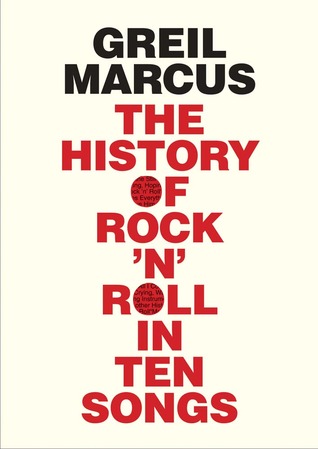
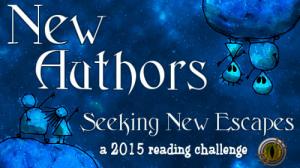
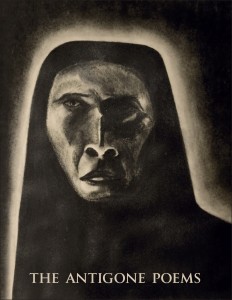
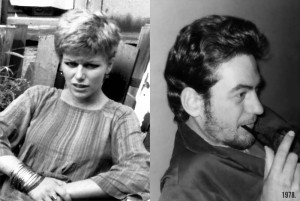 About the Poet:
About the Poet:
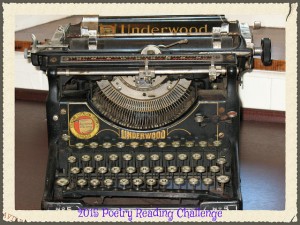
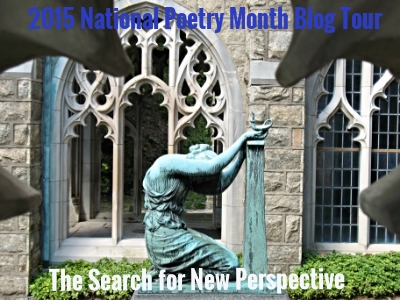


 About the Poet:
About the Poet:
 About the Poet:
About the Poet:
 About the Poet:
About the Poet:

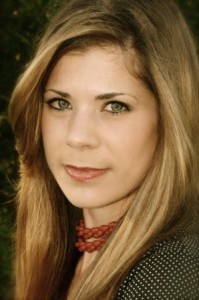



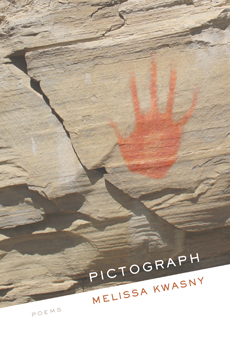

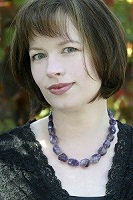 About the Poet:
About the Poet:
 About the Poet:
About the Poet:


